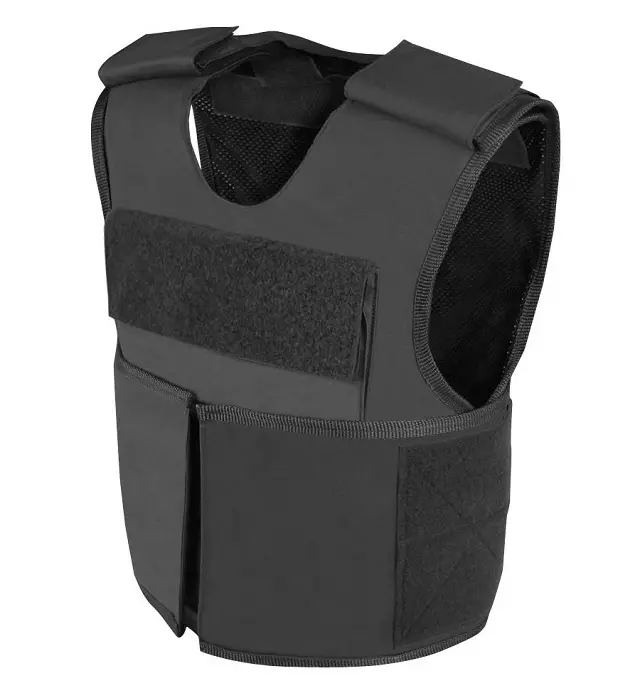Breaking news
Maritime Security and the Protection Available Against Piracy.
| 2015
| |
|||
| a | |||
Maritime
Security News - SafeGuard Armor |
|||
Maritime
Security and the Protection Available Against Piracy |
|||
Working in Maritime Security involves a number of dangerous environments
with a variety of threats, all of which need to be addressed. Attacks
happen regularly, and statistics indicate that they have increased and
will continue to do so in certain areas. Working as a Maritime Security
Operative (MSO) is therefore a difficult profession that carries with
it a high likelihood of injury. However, this injury can be prevented
with proper planning and preparation, which may call for body armor. |
|||
 |
|||
The
cost of Somali
based Piracy alone cost the International shipping community an
estimated $6bn in 2012. International shipping accounts for around 80%
of the world’s trade, making Piracy a major threat that needs
to be addressed. This is why Maritime Security is in constant demand,
and why MSOs have to be prepared and equipped for attacks. MSOs will
consistently find themselves in hostile situations, even in the most
prolific Piracy areas, like the Horn of Africa, where maritime attacks
have decreased. Moreover, reports indicate that in areas like South
East Asia and the Eastern coast of South America attacks have increased.
In fact, they have increased to such an extent that nearly 60% of all
maritime piracy occurs in South East Asia. Moreover, the overall number
of attacks has risen, and there has been a marked rise in kidnappings.
These startling facts further emphasise the dangerous nature of Maritime
Security, and the necessity for protection. Maritime Security is employed not only to protect cargo and passengers from Piracy, but also a show of strength and preparation. The presence of Maritime Security displays a preparedness that may deter potential attackers while also reassuring those being protected. A bullet proof vest is a necessity for MSOs, but there are both covert and overt styles available. An overt vest is worn over clothing, and will therefore help display authority and security. However, as piracy increases MSOs may be called upon to protect civilian crafts and be around members of the public. In these situations a covert vest may be preferable, as it can be worn underneath clothing. This will help MSOs remain discreet, and can even incorporate temperature regulating-technologies to help keep the wearer cool. On the other hand, overt vests can be equipped with additional protection and logos and insignia to make it a part of a uniform. It is just as important to consider what level of protection you will need from your vest. Bullet resistant vests are tested and graded according to standards set by the US National Institute of Justice (NIJ), with Levels I-IIIa protecting against the majority of ammunition used in handguns and other small arms. However, it has been reported that pirates are using high caliber weapons and ammunition more and more, meaning MSOs may need to be able to protect themselves against attacks of this caliber. Body armor at Level III can protect against high caliber ammunition commonly found in rifles and automatic weapons, and Level IV armor will even stop armor-piercing ammunition. These rigid plates use materials like Ceramics or Polyethylene, and will increase the weight and bulk of the vest they are used in. Nevertheless, they can still be equipped in even covert vests, without making the armor uncomfortable to wear even for extended periods. Preparation and an awareness of the likely threats associated with piracy will allow MSOs to choose the correct protection, allowing them to perform their job safely and confidently. Of course, it is not always possible to know exactly what form an attack will take, and so versatile protection may be necessary. For example, even though firearms are a likely and deadly threat, close quarters combat needs to be considered; while firearms were used in 43% of all attacks, 23% of attackers used knives or other edged weapons. Similarly, 75% of all attacks involved the boarding of the vessel in question, meaning MSOs will need protection from close-quarters attacks and close-quarters weapons. This will need something other than a bullet proof vest, which cannot and will not protect against knives, other edged weapons or spiked weapons. This is because the protective materials used in ballistic protection will either be cut or bypassed by these weapons, rendering the protection useless. While bullet proof vests can still provide protection against impact trauma and blunt force, they can also be equipped with additional materials in order to provide stab and spike protection. These multi-threat vests use chainmail or laminate, making a tough surface to protect the fabrics beneath. Preparation is of the utmost importance for MSOs, as it will allow them to protect themselves and thus perform their duties securely and confidently. This preparation has to extend to an understanding of body armor, otherwise inappropriate protection may be utilised, which will not help the MSO. Fortunately, there are a wide range of protective options available, meaning that for any situation an MSO can be protected, and remain comfortable. |


























